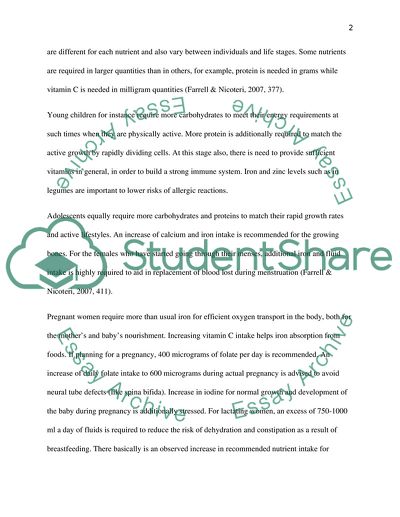Cite this document
(“Digestion and Enzymes Assignment Example | Topics and Well Written Essays - 1500 words”, n.d.)
Digestion and Enzymes Assignment Example | Topics and Well Written Essays - 1500 words. Retrieved from https://studentshare.org/health-sciences-medicine/1646263-digestion-and-enzymes
Digestion and Enzymes Assignment Example | Topics and Well Written Essays - 1500 words. Retrieved from https://studentshare.org/health-sciences-medicine/1646263-digestion-and-enzymes
(Digestion and Enzymes Assignment Example | Topics and Well Written Essays - 1500 Words)
Digestion and Enzymes Assignment Example | Topics and Well Written Essays - 1500 Words. https://studentshare.org/health-sciences-medicine/1646263-digestion-and-enzymes.
Digestion and Enzymes Assignment Example | Topics and Well Written Essays - 1500 Words. https://studentshare.org/health-sciences-medicine/1646263-digestion-and-enzymes.
“Digestion and Enzymes Assignment Example | Topics and Well Written Essays - 1500 Words”, n.d. https://studentshare.org/health-sciences-medicine/1646263-digestion-and-enzymes.


